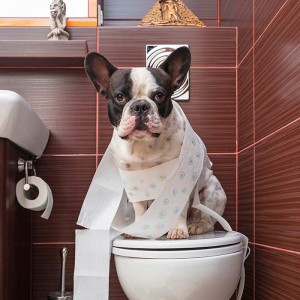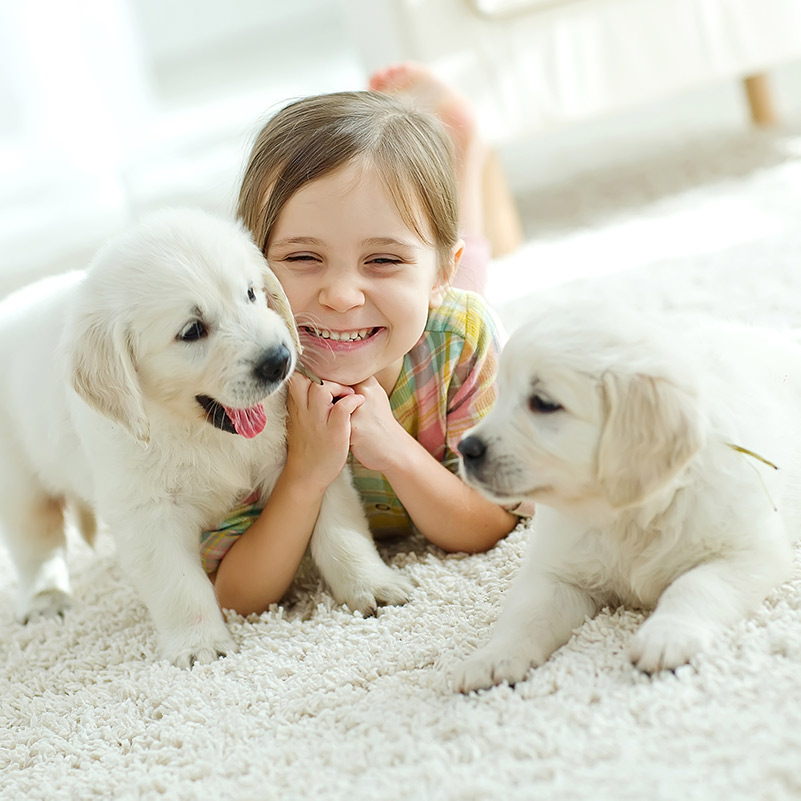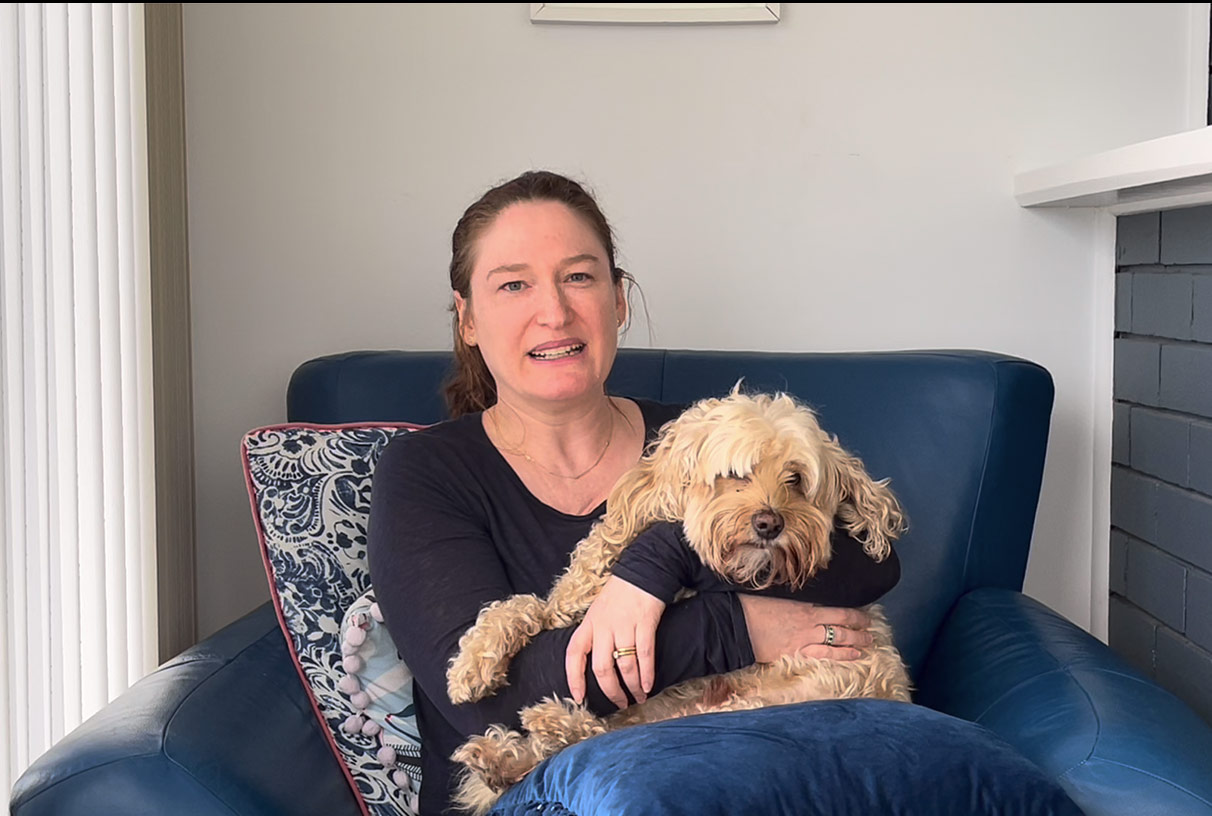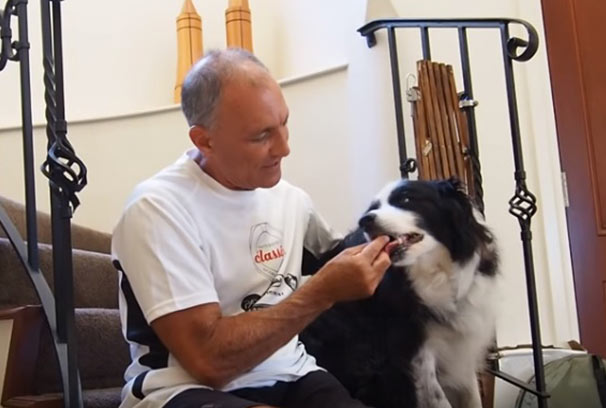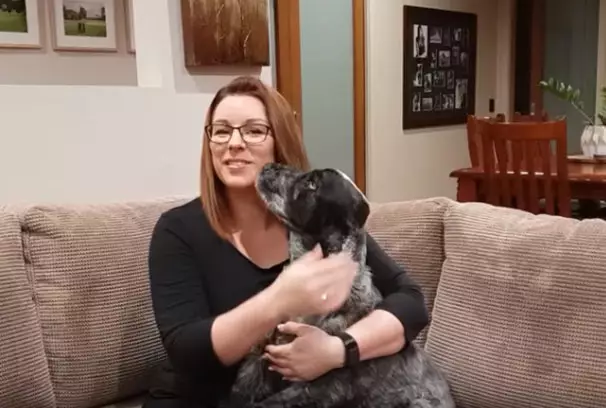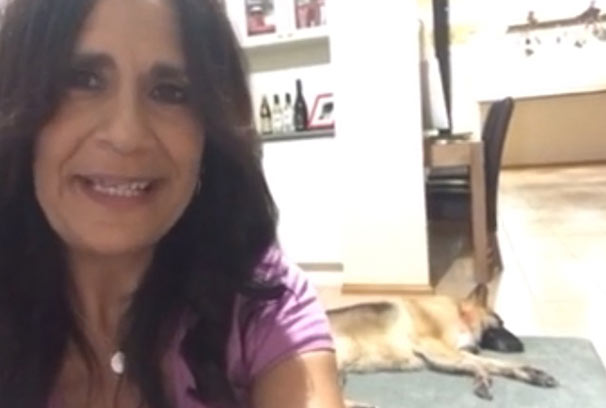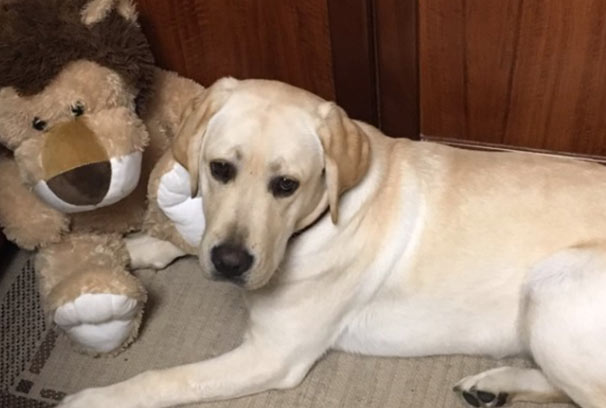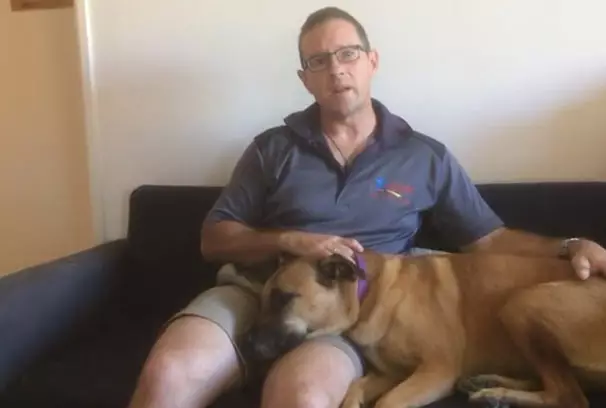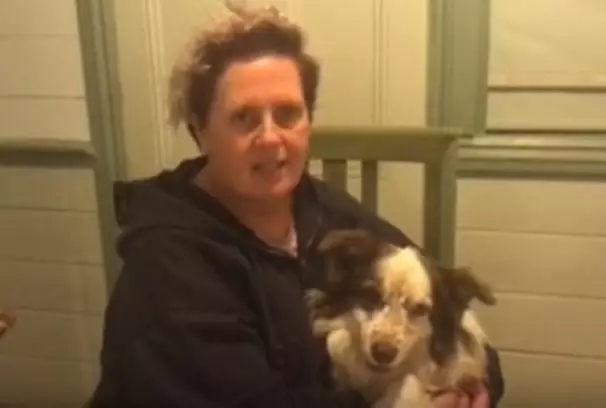How to crate train your new puppy
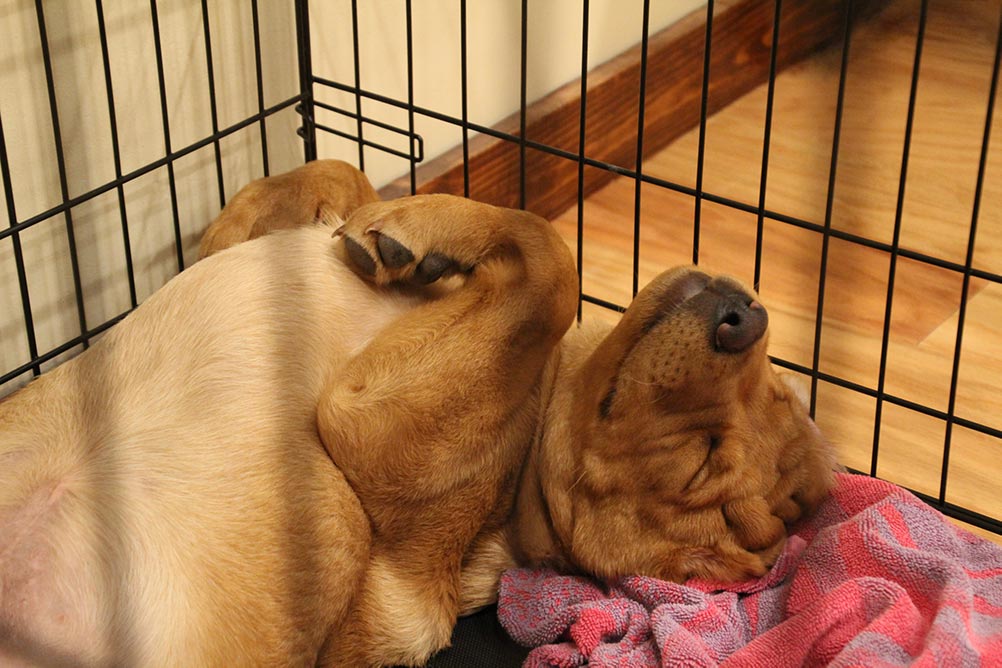
If you have decided to crate train your new pup, it’s a good idea that you begin to do so from the very first night. When done properly, for an appropriate amount of time and with positive reinforcement and praise, crate training is a proven and successful system for both owner and puppy.
The crate becomes a place where the puppy can settle and relax and enjoy some independent down time; it provides a safe refuge and gives your pup a sense of security.
Tips for choosing a crate
 Size – the crate should not be too big, but large enough for the puppy to stand, stretch and turn around in.
Size – the crate should not be too big, but large enough for the puppy to stand, stretch and turn around in.
Material – While metal crates are not the prettiest, they are the safest, as puppies can chew through crates made from fabric and other softer materials. There are covers available for metal crates to make them look nicer.
Portability – Most crates are portable, while some can fold down for easy storage and are convenient for travelling with your puppy.
Tips for successful crate training
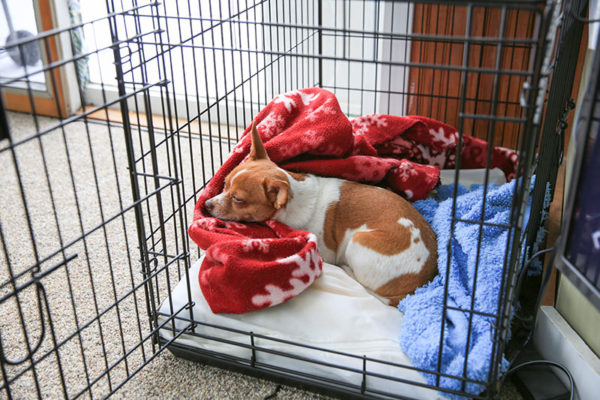
- Place the crate in the living area or the room where the family spends most of the time.
- As night you can move the crate to your bedroom or outside your door where your puppy can still see and hear what is going on.
- Put a blanket or towels in the crate for bedding (pups will rarely soil the crate, however, if they do, try removing the bedding for a while).
- Put a toy or a yummy long-lasting chew like a bully stick in the crate to help your puppy feel secure.
- Initially, your pup is not used to being alone in a crate. Puppy may feel anxious and uncomfortable and will probably make a lot of noise when you put him inside it. Ignore the initial cries as he settles down but be aware that if he wakes up in the middle of the night it probably means that he needs to go outside for a potty break.
- The crate should be a place in which to sleep and a place to relax, otherwise the puppy should be with you and your family or playing independently in a safe area in the home or the backyard.
- If puppy should fall asleep somewhere else, pick him up, gently place him inside the crate, and quietly shut the door.
- Feed your puppy yummy and delicious things in the crate – treats, chews, bones, etc. Then, when your puppy needs a time out to calm down, he won’t be too sad about being put in the crate.
- Puppies under 6 months old should not be crated for more than 3 to 4 hours at a time if possible.
Advantages of crate training your new puppy
- If done properly, the crate will become a sanctuary for your puppy when he is tired, nervous or frightened. It’s like their den. Like a kid’s room.
- Crate training teaches excitable puppies to enjoy some down-time and relaxed behaviour.
- Puppies seldom soil where they sleep, so using a crate to sleep in helps teach bladder control.

- If you are unable to supervise your puppy for a period, crate training enables you to confine him in the crate rather than have him wander around unattended.
- It prepares puppy for when they will be crated in potentially stressful situations like at the vet or groomer.
- Boarding places and day cares also use crates, so it’s best for puppy to be used to it.
- If visitors to the home do not like dogs or are afraid of dogs, you can crate your pup without him feeling banished or left out.
Puppies are very adventurous and highly accident prone, and often end up hurting themselves whilst they are still growing. Their underdeveloped immune system means they are also vulnerable to getting infections and catching diseases.
Consider pet insurance to help protect you and your puppy from the start. Get your first 2 months cover free 2!
Bow Wow Meow Pet Insurance can help protect you and your puppy should an unexpected trip to the vet occur.
-
Find out more about our dog insurance options
-
Get an instant online pet insurance quote






